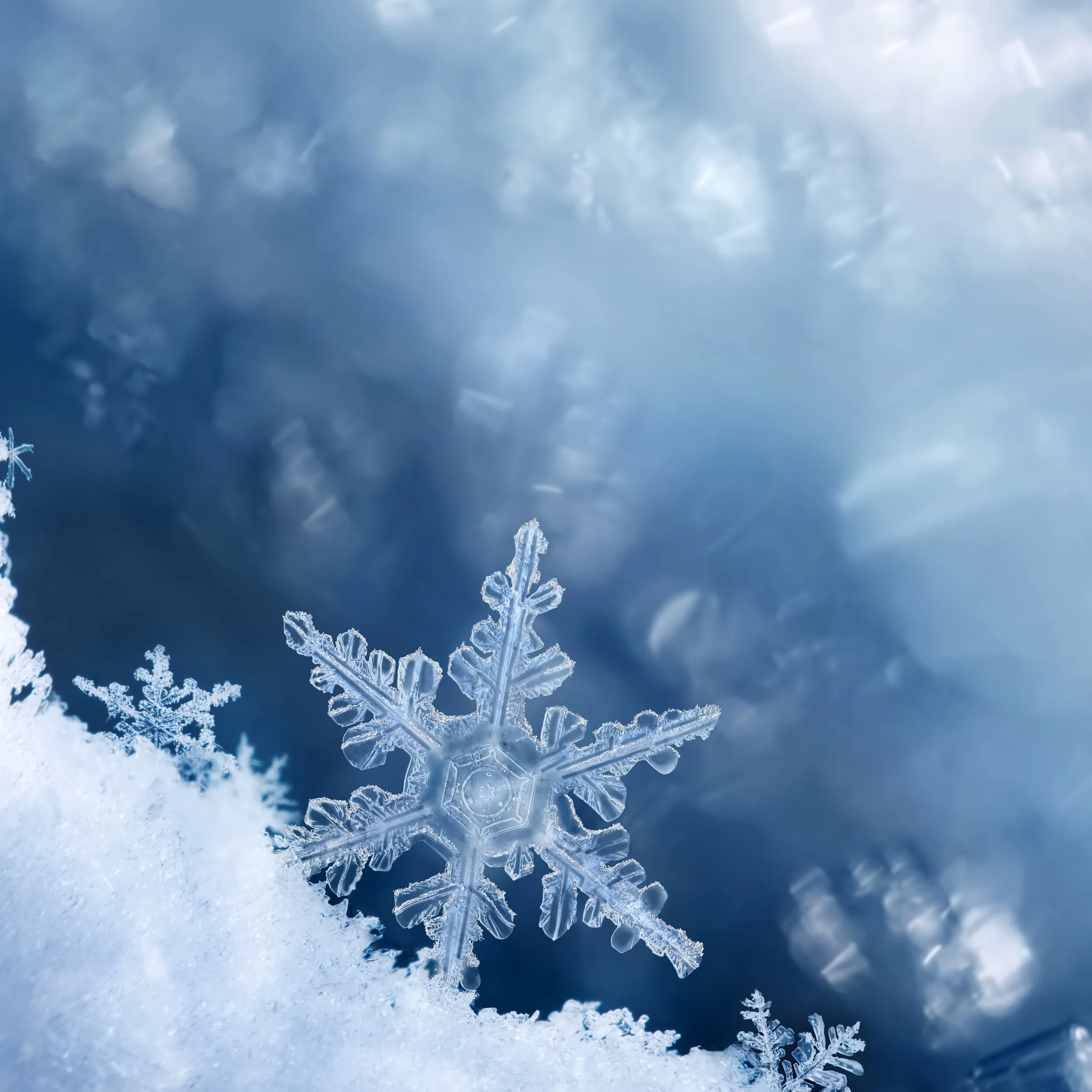The effects of applying low temperature to the skin gradually increases as the temperature drops. Initially proteins and lipids, as well as the metabolism of the cell is altered. As the temperature drops below 0°C, first the water outside the cell begins to crystallise, causing the cell to dehydrate. At temperatures below −20°C, the water inside the cell starts to crystallise, and at −40°C intracellular ice formation is certain.
Read MoreAt the clinic, the agent used for cryosurgery is N 20, a gas which has been adopted as an alternative to liquid nitrogen. Cryosurgery is a safe, non-invasive treatment for unwanted skin growths and blemishes. Immediately during and after the treatment, you may feel a stinging sensation as the tissue is frozen and thawed. Some may only notice this during the treatment, for other this sensation may linger for a few hours after, especially if multiple lesions were have been treated in the same area. A mild analgesic ointment can be applied to relieve the sensation.
Read MoreMost individuals will experience some form of hyper-pigmentation during their lifetime. Hyper-pigmentation can take many forms, but is essentially an overproduction and an abnormal distribution of pigmentation, usually melanin. Thankfully, there are many treatments on offer to reduce and/or remove such pigmentation. At my clinic in East Finchley, I have successfully been removing sun, age and liver spots with cryotherapy for several years.
This articles has been put together to give you an overview of the different types of hyper-pigmentation and to help you make the right choice when it comes to treating this condition.
Read More
Although sunspots, age spots and freckles can look very similar, they have different characteristics and only sun spots and age spots are currently being removed using Cryotherapy at the clinic. Lets take a look at how to distinguish between these different types of brown spots.




